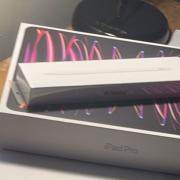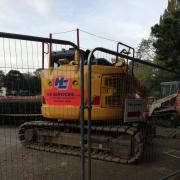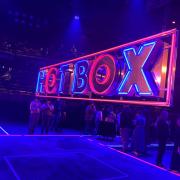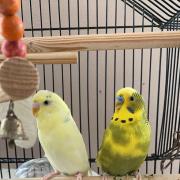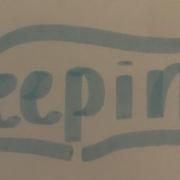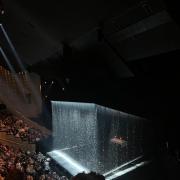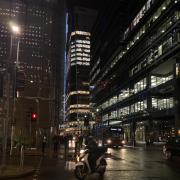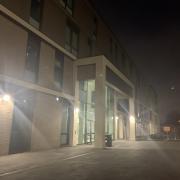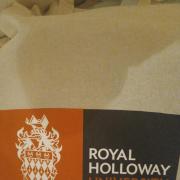
There’s been a recent push on knowing where and when your fish was caught, and most people would hope that their fish is fresh caught from the sea. But a facility in Miami, Florida might be changing that forever.
40 miles south west of Miami, 5 million fish swim against a current in a chilled tank, sat in a well insulated warehouse with plenty of air conditioning. The facility is called the Bluehouse, and is aiming to become the world’s largest land-based fish farm.
9500 metric tonnes of Atlantic Salmon are produced each year, with the aim to increase that to 222,000 tonnes by 2031, which would provide 41% of the US’ current annual salmon consumption - roughly equivalent to a billion meals.
Break through technology, labelled “recirculating aquaculture systems” or RAS, controls the temperature, pH, salinity and the oxygen levels of the water. It also controls the current, the lighting cycles and the removal of CO2 and waste from the water. The waste is filtered out and the water is reused after treating. The nature of the system being closed-loop means that the salmon remain healthy and aren’t exposed to parasites or diseases.
The company running the site, Atlantic Sapphire - based in Norway, has already invested $400 million into the Miami facility, and intends to spend around $2 billion in total. However the question remains: why would a Norwegian company invest in a farm in Florida? Firstly, it reduces transportation costs for their US customers as they don’t have to fly the fish. And secondly, the nature of Florida’s geology means that it can supply the fish with the correct amounts of water and nutrients without looking too far.
The current scientific discoveries and breakthroughs are revolutionising the world, from the way that we eat to the way that we dress. This is just one of millions of innovations that will change the world: one that will fall onto our plate very soon.





